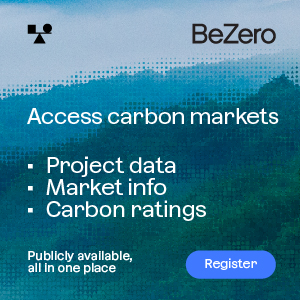A handful of major emitters have snapped up offset supply in Korea’s emissions trading scheme, creating an upwards pressure on prices in the OTC market while little or no volume trickles through to the exchange, according to market participants.
Not a single allowance and only a few offsets have traded on the Korea Exchange since January, but in the OTC market, some 1.8 million Korean Offset Credits (KOCs) have changed hands over the past four months at a total value of around $19 million, sources told Carbon Pulse.
“Two or three power companies and a few big manufacturers absorbed all these credits through spot or forward deals in the OTC market, and the price keeps moving upwards,” one broker said.
Most of the supply comes from Korea-based CDM projects that cancel their CERs in the UN registry and get them converted to KOCs by the Korean government.
KOCs cannot be used for compliance in the ETS. Instead they need to be converted again into Korean Carbon Units (KCUs) before they can be offered to buyers on the exchange.
However, almost none of the volume makes it that far before it is bought by the nation’s biggest emitters, potentially causing problems for smaller entities looking for supply to ensure they can meet their obligation under the scheme.
Buyers have picked up all the KOCs issued by the government so far, but market participants expect another batch to be available after an issuance meeting that will likely be held next week.
“Then there might be some activity in the market. A lot of the volume that’s going to be issued is already contracted, though,” one trader said.
Eight months after the market opened, emitters continue to claim they have been under-allocated, and that the government’s target to keep 2020 GHG emissions 30% below business-as-usual levels is unrealistic.
This has caused a complete allowance supply drought in the market, with more than six months passed since the last permit trade.
Some observers had expected the government to give in to the massive pressure from industry and increase the allocation amid a series of lawsuits as well as a stuttering economy, but so far officials have stood firm.
“I think the government is happy for the market to start next year only,” the trader said.
By Stian Reklev – stian@carbon-pulse.com
Not yet signed up to CP Daily? Subscribe to our free newsletter here



